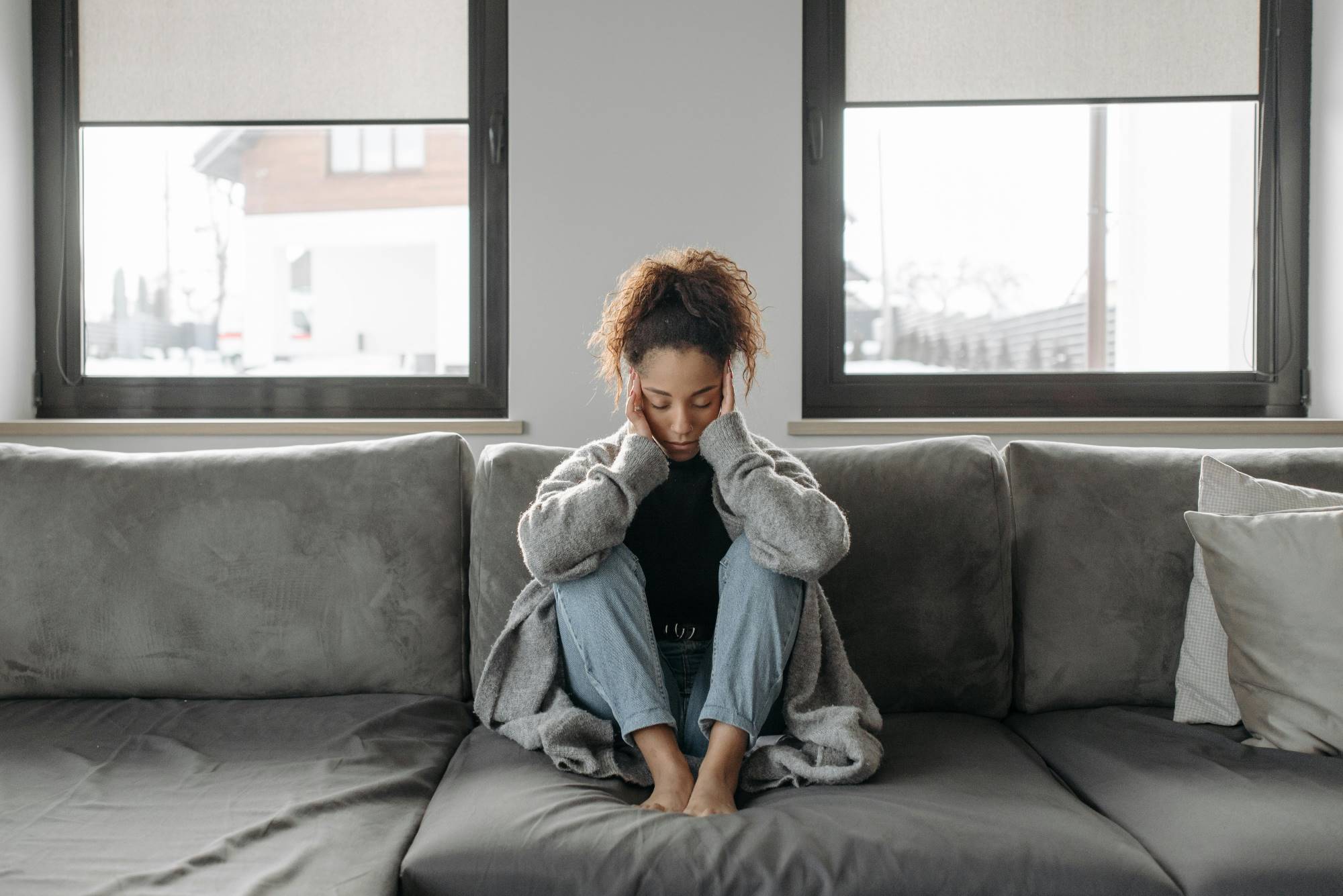
When people want to avoid recurrent episodes of head discomfort, there are many techniques available to explore. Sometimes issues appear only very rarely; sometimes even daily. Whatever the time frame, though, there are solutions available. Given that the effects can vary among individuals, choosing a method may take some time and require comparisons. When you try to be proactive in addressing issues, it helps slow down the negative effects.
1. Regular use of daily preventive medications
Using some medicines on a fixed schedule is sometimes used to prevent repeat episodes of head-related issues. These drugs are chosen because they may reduce symptom frequency or severity. Instead of treating symptoms, these reduce their frequency. The effect may take time and vary by person. Changes in responses may require adjustments. These drugs are monitored until they stop generating negative effects. Treatment approaches differ but attempt to minimize symptoms over time. This method may not work for everyone, but it is often considered alongside other consistent management preventatives.
2. Changes in routine and environment
Sometimes, making a change to certain behaviors or environments can be part of a bigger strategy for ongoing health issues. Often, you link the concept to recognizing certain patterns that relate to irritation and subsequently modifying those conditions to minimize occurrences. Possible factors: Sleep patterns, work habits, noise levels, light exposure, and more. Although no changes can completely prevent migraines, making different small changes may have a useful effect. Lifestyle modifications work effectively; therefore, people use them regularly. Changes in eating, screen use, and schedule may affect discomfort frequency. Some track their experiences to uncover habit-symptom links. In some cases, it is not an immediate result, so there is more time needed, which might provide stability in the long run.
3. Targeted biological injections for control
Another possible opportunity involves injections that inhibit the signals that are thought to cause the recurrent symptoms affecting the head. Doctors usually schedule these shots at intervals and choose them when other treatment options are ineffective. In particular, emgality vs ajovy might highlight how two different choices can offer relief by using similar processes but in slightly different ways. Depending on the body's reaction, one may be better or simpler to handle. Generally, injections are done under supervision, and after a certain number of uses, they are reviewed to see the impact. Some individuals might encounter slight unwanted reactions, but the general procedure is frequently regarded as part of long-term control. Scheduled follow-ups could help maintain this kind of care, which could be part of a bigger prevention plan.
4. Use of supplements as supportive treatment
To avoid the risk and to be on the safe side, some people may try to add a simple supplement to their diet. These consist primarily of a vitamin or mineral that may affect how the body responds to a suspected trigger. The supplements do not help to treat acute discomfort. They, however, might stabilize internal conditions with long-term use. The effect of timing, amount, and the combination may influence how well it works, so people try different versions before picking one. Not everyone may benefit from this supplement. However, it is worth trying for its availability and ease of use. These daily changes can help in improving coping responses. As long as you take them under supervision, using supplements can be part of a more extensive treatment plan.
5. Practice-based methods for mental and physical regulation
One possible way to lessen the frequency of symptoms is to control how the body reacts to stress or excitement. The methods can be related to relaxation, posture, stretching, or guided breathing. They sometimes use these methods because they can be easily repeated without the use of equipment and medical supervision. The above methods may not provide a quick fix, but they aim to lessen the overall pressure that could cause headaches. The body may learn to respond in a more measured way with daily or weekly sessions. With time, this might continue to limit occurrences of the issue. It depends on how often they are performed and whether any other preventative measures are taken. According to some people, these methods deal with their physical and mental symptoms in a way that causes fewer disturbances. Using this method can work well alone and may also help other methods in improving stability.
Conclusion
Several strategies may relieve head or surrounding discomfort in different scenarios. Depending on the patient and other therapies, each may work differently. These therapies may be combined or changed based on experience. Long-term stability may result from choosing and reviewing possibilities.